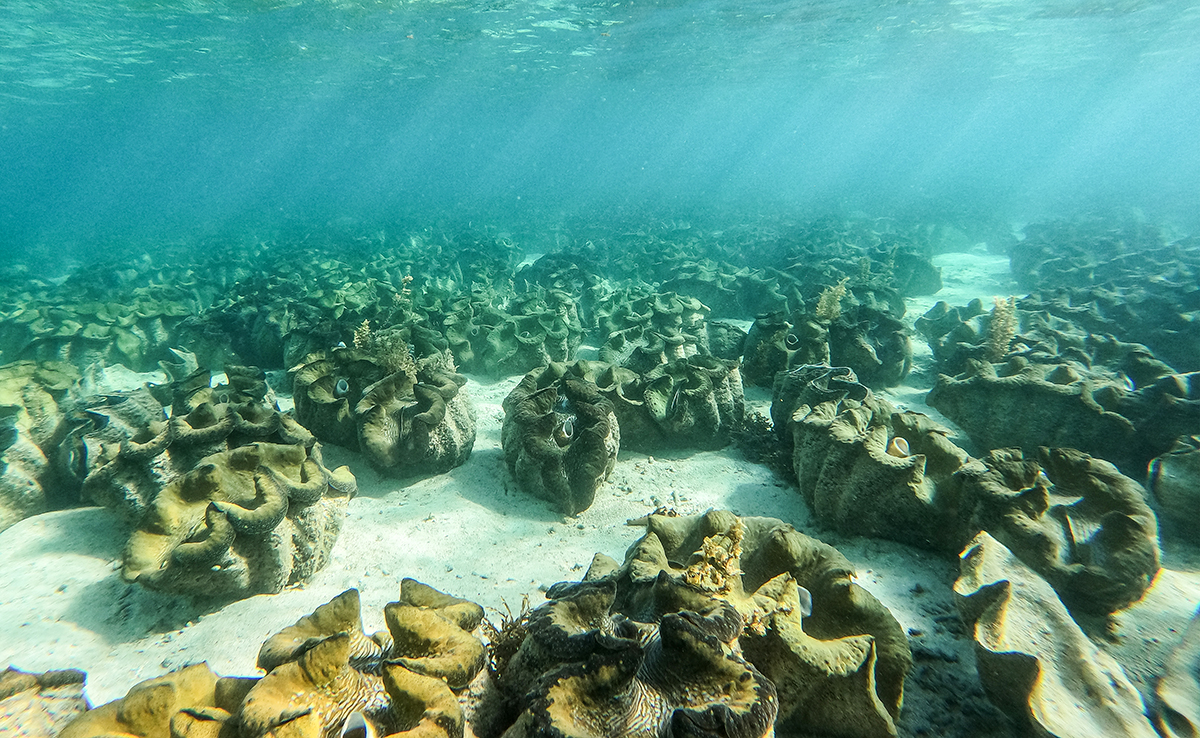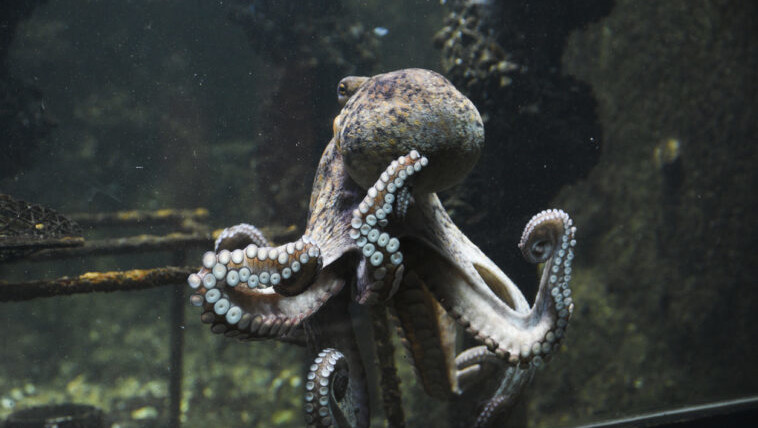Marine life abounds in shapes and colors. It harbors many creatures that seem monstrous to us because their forms are so different from what can be found on the surface of the earth. Among these « monsters, » there are giants. The whale is one of them. In natural history museums, you may also have seen large shells, far surpassing those you can pick up at the seashore. If you have ever wondered how large the largest one of them could be, here is the answer!
Presentation of Tridacna gigas or giant clam
Tridacna gigas is more commonly known as the « giant clam. » It currently holds the title of the largest shell in the world. It is a marvel of nature that fascinates scientists and delights sea enthusiasts.
Tridacna gigas is a bivalve mollusk belonging to the family Tridacnidae. These organisms live in the shallow waters of the Pacific and Indian Oceans, firmly attaching themselves to coral reefs where clear water allows optimal penetration of light. These conditions are essential for their survival because the giant clam maintains a symbiotic relationship with photosynthetic algae called zooxanthellae, which live in its tissues.
What is the size of the largest shell in the world?
The size of Tridacna gigas is breathtaking. Some specimens can measure 1.40 meters long and exceed 250 kilograms.
Their robust shell, adorned with ridges and wavy patterns, can open widely to reveal a vibrant and colorful mantle, with shades ranging from electric blue to emerald green and fading into iridescent patterns. This visual spectacle is not only an attraction for divers and underwater photographers but also plays a fundamental role in the photosynthesis process of symbiotic algae.
What is the role of Tridacna gigas?
The giant clam plays a vital ecological role within coral reefs. By actively filtering water to feed on plankton and other particles, it helps maintain the clarity and quality of the water, which is beneficial for the entire reef ecosystem. Additionally, by anchoring themselves to the reefs, these bivalves help stabilize coral structures, providing protection and habitat for a myriad of marine species.
Pressure on Tridacna gigas
Tridacna gigas is a sought-after food, and its shell is also commercialized. Between 1994 and 2003, particularly massive exports were recorded in 23 countries. These animals are exposed to significant threats. Overfishing, aimed at meeting the demand of the aquarium market, as well as the destruction of their natural habitat due to climate change, pollution, and human activities, have considerably reduced their population, leading to their listing on the International Union for Conservation of Nature (IUCN) Red List of Threatened Species.
The protection of Tridacna gigas has required the creation of marine protected areas, restrictions on fishing and trade, as well as the implementation of reintroduction and captive breeding programs. This is not only about safeguarding existing populations but also about restoring the balance and health of coral reefs, which are essential for marine biodiversity.




